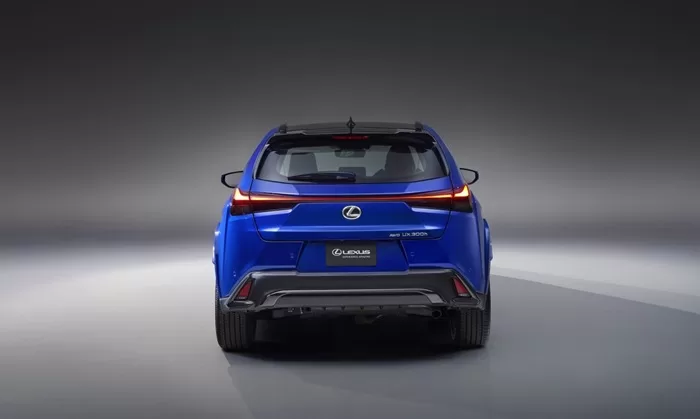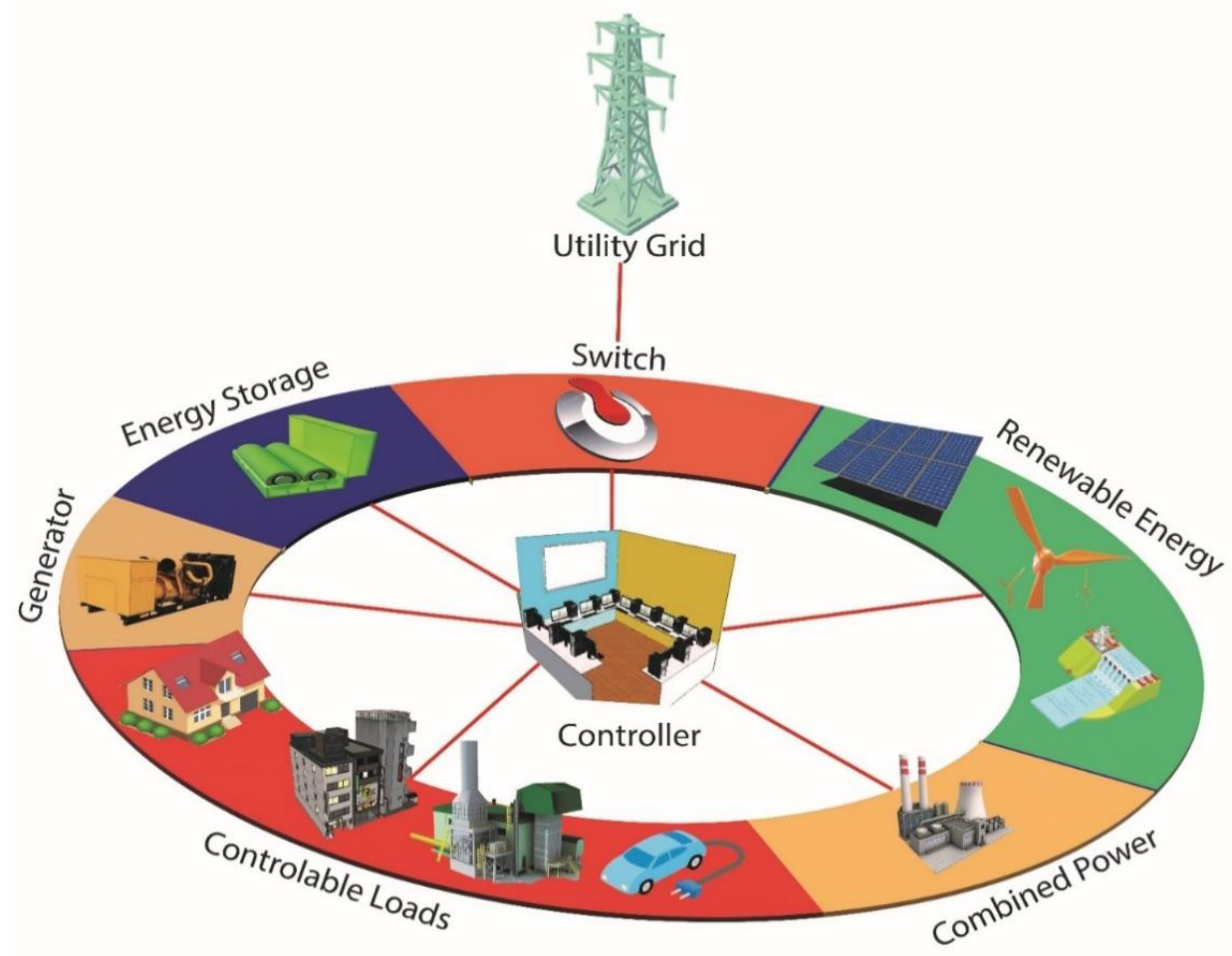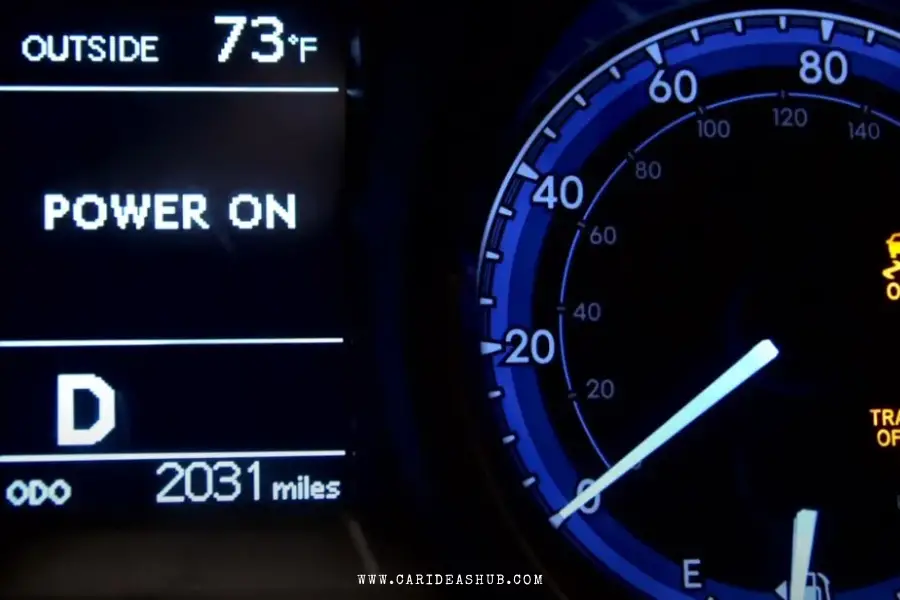The “VSC Off” light on your car’s dashboard indicates that the Vehicle Stability Control system has been turned off, potentially affecting your vehicle’s traction and stability in certain driving conditions. It’s important to understand the potential impact of deactivating this system and to exercise caution when driving with VSC off.
VSC, or Vehicle Stability Control, is an important safety feature in modern vehicles that helps maintain stability and traction during slippery or high-speed driving conditions. When the VSC Off light is illuminated, it means that the system has been manually turned off, which could affect the vehicle’s handling and safety.
Understanding the implications of driving with VSC off is crucial for safe and responsible driving. We will explore the meaning of VSC Off, its potential impacts on driving, and the importance of using this system as intended for optimal vehicle safety and performance.
What Is Vsc Off?
VSC (Vehicle Stability Control) Off is a feature found in most modern vehicles. It is designed to enhance the driver’s control over the vehicle, especially in challenging road conditions.
Purpose Of Vsc Off
Vehicle Stability Control (VSC) is a system that helps prevent accidents by detecting and reducing skidding. When the VSC system is turned off, it allows the driver more freedom to control the vehicle, which can be useful in some situations such as driving in deep snow or sand.
How Vsc Off Works
Understanding how VSC Off works is crucial in optimizing your vehicle’s performance. VSC, which stands for Vehicle Stability Control, is a safety feature designed to help maintain vehicle stability and prevent skidding. By automatically applying the brakes to individual wheels and reducing engine power, VSC helps the driver navigate slippery or unstable road conditions.
Disabling Vsc
Disabling VSC can be useful in certain situations, such as off-road driving, where more wheel slippage is required to maintain momentum. It’s important to note that disabling VSC should only be done in controlled environments and when you have a proper understanding of your vehicle’s capabilities and limitations.
To disable VSC, follow these steps:
- Start your vehicle and ensure it is in park or neutral.
- Locate the VSC button, typically located on the dashboard or center console.
- Press and hold the VSC button for a few seconds until you see the VSC Off indicator light illuminate on the instrument panel.
Once VSC is disabled, your vehicle’s stability and traction control systems will be turned off, allowing you to have more control over your vehicle’s movements. However, keep in mind that disabling VSC means you will be solely responsible for maintaining stability and avoiding skids or other potential hazards.
Effect On Vehicle Dynamics
Disabling VSC can have both positive and negative effects on your vehicle’s dynamics. On one hand, it can enhance off-road performance by allowing more wheel slippage, which can improve traction in challenging terrain.
On the other hand, disabling VSC may reduce the overall stability of your vehicle, especially in adverse weather conditions or during high-speed maneuvers. Without VSC actively monitoring and adjusting for potential loss of control, the risk of skidding or fishtailing increases. This can potentially lead to loss of vehicle control and accidents.
It’s crucial to assess the driving conditions and your driving skills before deciding to disable VSC. If you’re unsure or inexperienced, it’s recommended to keep VSC enabled for optimal safety.
When To Use Vsc Off
When driving a vehicle equipped with a Vehicle Stability Control (VSC) system, you may come across the VSC Off option. This feature allows you to temporarily disable the VSC system, giving you more control over your vehicle in certain situations.
Off-road Driving
If you enjoy off-road adventures or find yourself driving on slippery or uneven terrain, such as gravel, mud, or snow, using the VSC Off can be beneficial. By disabling the VSC system, you can prevent it from intervening too early and limiting your traction. This allows you to maintain momentum and navigate through challenging terrain more effectively. However, it’s important to note that using VSC Off requires advanced driving skills and caution.
Performance Driving
When it comes to performance driving, having complete control over your vehicle is essential. Using VSC Off can provide you with that control by disabling the VSC system’s intervention during aggressive maneuvers, such as drifting or cornering at high speeds. By turning off the VSC system, you can fully explore your vehicle’s capabilities and push your driving skills to the limit.
It’s important to remember that while VSC Off can enhance your driving experience in certain situations, caution and responsibility are paramount. Always assess the road and weather conditions and use VSC Off accordingly. As VSC Off makes your vehicle less stable, it is recommended to only use it in controlled environments and when conditions permit.
By understanding when to use VSC Off, you can leverage this feature to optimize your driving experience. Whether you’re exploring off-road trails or challenging yourself on the track, VSC Off can give you the confidence and control you need to navigate through different driving scenarios.
| When to Use VSC Off |
|---|
| Off-road driving on slippery or uneven terrain. |
| Performance driving during aggressive maneuvers. |

Credit: www.globalbrandsmagazine.com
Safety Considerations
VSC Off light indicates that the Vehicle Stability Control system is turned off, allowing wheels to spin without traction control. It’s essential to only turn it off when necessary, such as when driving on slippery surfaces, as it can compromise the vehicle’s stability and safety.
Always ensure safe driving practices when VSC Off is activated.
Safety ConsiderationsRisks Of Vsc Off
When driving, it’s crucial to understand the meaning of VSC off and the potential risks associated with turning off this important safety feature. Vehicle Stability Control (VSC) is designed to help maintain stability and prevent loss of control in various driving conditions. By disabling VSC, you may be compromising your safety on the road.
Here are a few risks to keep in mind:
- Decreased stability: When VSC is turned off, your vehicle becomes more prone to oversteering or understeering. This can lead to difficulty in maneuvering curves or sudden changes in direction, increasing the risk of losing control.
- Reduced traction: VSC not only helps maintain stability but also assists in improving traction. With VSC off, your vehicle’s ability to grip the road may decrease, particularly in slippery or uneven conditions, making it challenging to navigate safely.
- Inadequate emergency response: In critical situations, such as sudden obstacles or when performing evasive maneuvers, VSC plays a vital role in helping you regain control quickly. Without this assistance, your vehicle’s response may be compromised, potentially leading to accidents.
Precautions
While the risks mentioned above demonstrate the importance of leaving VSC on, there might be situations where you are required to switch it off temporarily. Here are a few precautions to consider if you decide to turn off VSC:
- Understand your vehicle: Familiarize yourself with your vehicle’s user manual to fully comprehend its VSC system and when it might be appropriate to disable it. Different vehicles may have varying recommendations or limitations.
- Use only in controlled environments: If you must disable VSC, ensure you do so only in controlled environments, such as closed courses or off-road areas with no traffic. This minimizes the impact of the safety risks associated with VSC off.
- Exercise caution: If there’s a need to switch off VSC temporarily, exercise extra caution while driving. Be aware of the increased risks and adjust your driving behavior accordingly. Avoid taking unnecessary chances or engaging in aggressive maneuvers.
Remember, turning off VSC should be an exception rather than a regular practice. Always prioritize your safety and consider the potential consequences of disabling this vital safety feature.
Comparison To Other Systems
VSC, or Vehicle Stability Control, is a crucial safety feature in modern cars. This system helps keep the vehicle stable and prevents it from skidding or sliding in dangerous situations. While VSC is an important system, it is often confused with other similar features, such as traction control and stability control. Understanding the differences between these systems is essential to fully grasp the capabilities and benefits of VSC.
Vsc Vs. Traction Control
Traction Control is an autonomous driving aid that helps the vehicle gain better traction on slippery or uneven roads. It works by reducing engine power or applying brakes to the wheels that are spinning, allowing power to transfer to the wheels with better grip.
On the other hand, VSC takes traction control a step further by actively stabilizing the vehicle in hazardous situations where there is a risk of skidding or loss of control. VSC constantly monitors the vehicle’s motion and intervenes by selectively applying brakes to specific wheels and adjusting engine power to counteract skidding or sliding.
| VSC | Traction Control |
|---|---|
| Stabilizes the vehicle | Improves traction |
| Applies brakes selectively | Reduces engine power or applies brakes to spinning wheels |
| Prevents skidding and sliding | Enhances grip on slippery surfaces |
Vsc Vs. Stability Control
Stability Control, also referred to as Electronic Stability Control (ESC) or Dynamic Stability Control (DSC), is a comprehensive system that encompasses both traction control and VSC. While VSC focuses on maintaining stability during risky maneuvers, stability control provides enhanced overall stability by integrating various sensors and systems.
Stability Control continuously assesses the vehicle’s behavior and intervenes by selectively applying brakes to individual wheels and adjusting engine power to maintain the desired trajectory. It takes into account various factors, including steering input, yaw rate, and lateral acceleration, to enhance the overall stability of the vehicle.
- VSC enhances stability during skidding or sliding situations.
- Stability Control ensures stability in a broader range of driving scenarios.
- VSC is a sub-component of Stability Control.
Having a clear understanding of the differences between VSC, traction control, and stability control can help you make better decisions regarding vehicle safety and ensure you fully utilize the capabilities of your vehicle’s systems.

Credit: www.mdpi.com
Common Misconceptions
VSC off meaning is often misunderstood, leading to common misconceptions about its purpose and function. Understanding these misconceptions is crucial for safe driving and proper vehicle maintenance. Let’s explore the myths about VSC off and clarify the confusion surrounding this feature.
Myths About Vsc Off
Myth 1: VSC off is only needed when driving on slippery roads or in adverse weather conditions.
Myth 2: Turning off VSC enhances a vehicle’s performance and handling, making it suitable for aggressive driving.
Myth 3: VSC off does not affect the overall stability and safety of the vehicle.
Clarifying The Confusion
Turning off the VSC system does not mean improved performance; in fact, it can compromise the vehicle’s stability and safety. VSC is designed to prevent skidding and loss of control, providing stability in various driving conditions. Disabling VSC should only be done in certain situations, such as when attempting to dislodge the vehicle from deep snow or mud. It’s essential to be aware of the potential risks and limitations associated with deactivating VSC.

Credit: www.endurancewarranty.com
Frequently Asked Questions Of Vsc Off Meaning
What Does Vsc Off Mean?
Vsc off stands for Vehicle Stability Control off. It is a feature in some vehicles that allows the driver to manually disable the vehicle’s stability control system. This can be useful in certain situations, such as when driving on rough terrain or when trying to free a stuck vehicle.
However, it is important to note that disabling the stability control system can increase the risk of losing control of the vehicle, so it should be used with caution.
When Should I Use Vsc Off?
You should use Vsc off when driving in specific situations that require more control over the vehicle. For example, if you are driving on slippery or icy roads, disabling the stability control can give you more control over the vehicle’s movements.
Additionally, if you are driving on rough terrain, such as off-road trails, you may need to disable the stability control system to navigate more effectively. However, it is important to remember that disabling the stability control system can increase the risk of losing control of the vehicle, so it should only be used when necessary.
How Do I Turn Off Vsc?
To turn off Vsc (Vehicle Stability Control), you can usually find a button or switch labeled “Vsc Off” or “Traction Control” on your vehicle’s dashboard or center console. Simply press or switch the button to disable the stability control system.
Keep in mind that once Vsc is off, it will remain off until you manually turn it back on or restart the vehicle. It is important to use caution when driving with Vsc off, as disabling the stability control system can increase the risk of losing control of the vehicle.
Can I Disable Vsc Myself?
Yes, you can usually disable Vsc (Vehicle Stability Control) yourself by pressing the “Vsc Off” or “Traction Control” button in your vehicle. However, it is important to note that disabling the stability control system can increase the risk of losing control of the vehicle, so it should only be done when necessary, such as driving on rough terrain or in icy conditions.
If you are unsure about how to disable Vsc in your specific vehicle, consult your vehicle’s owner’s manual or contact the manufacturer for guidance.
Conclusion
Overall, understanding the VSC Off meaning is crucial for ensuring a safe and efficient driving experience. It allows drivers to have more control over their vehicle’s traction, especially in adverse weather conditions. By effectively using this feature, you can enhance your driving skills and navigate challenging terrains with confidence.
So, make sure to familiarize yourself with VSC Off and its functionality to maximize your driving capabilities. Drive safely!

